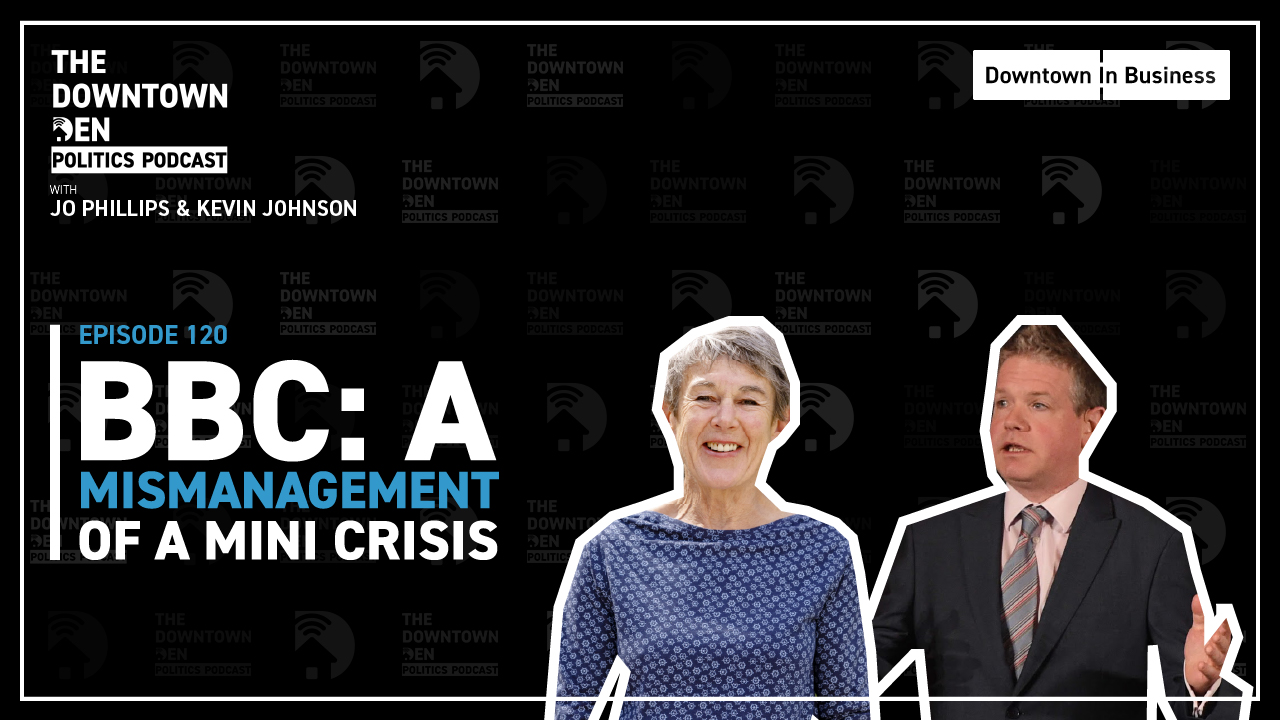OK, I am a bit of a sports addict.
Thankfully, living in the U.S. there are countless TV channels dedicated to feeding my insatiable live sports habit.
From my first coffee when the sun rises to the herbal tea before bedtime the TV is on in the background, jumping from horse racing, F1, UEFA Champions League, and the plethora of U.S. golf, tennis, baseball, hockey, basketball and football fixtures.
The links between sport, broadcast media and business are well established on this side of the pond.
Great as it is, it isn’t perfect. The US has regional TV deals which mean I can’t watch my beloved, perpetual-underperforming NY Mets from my beach side berth in Northwest Florida. Instead, as a quirk of geography, I’m forced to watch the Marlins and Rays from their alien urban sprawls of Miami and Tampa hundreds of miles to the South.
But overall, it is a system built for those like me for whom too much sport still isn’t enough.
But, when I speak of U.S. sports to my British friends, clients and contacts they huff and declare it ‘ruined by money’.
I’m not so sure, and the U.S. is teaching lessons in unexpected places and in unbelievable ways.
Spring is always exciting. Three of the main sports – baseball, hockey and basketball – are in season and competing for my attention.
Baseball, America’s national game, is my preferred intoxicant. Subway Series wins at Shea Stadium shaped my love of the game.
And 2023 will be the first time the 162-fixture season will undergo radical change. This year, every team will play every other team rather than being restricted to opponents from their respective leagues and divisions, and, I assume, all for the benefit of the sofa dwelling, Mets- supporting, non-season ticket holding fan like me.
Actually, like most sports, those in charge are making changes to better reflect the needs, wants and wishes of all fans and supporters, and to attract the attention of the millions upon millions who aren’t currently engrossed in running, throwing, catching or kicking balls.
Of course, the value, income and wealth this will create might have something to do with it too.
In the U.S. Baseball has undergone something of a resurgence.
Major League Baseball (MLB) was ranked as the 15th fastest-growing brand last year amongst U.S. adults, according to the report from global decision intelligence company Morning Consult.
MLB’s chief marketing officer Karin Timpone gleefully told MLB.com:
“I think the primary reason has got to be the exciting, dynamic athletes on the field. Our great athletes are connecting with people — that’s the basis, I think, of why there’s some real momentum here.”
MLB, it seems, now recognises the power of storytelling beyond the playing diamond.
“We want to enrich our relationship with avid fans, but increasingly what our marketing is doing is expanding the storytelling beyond the channels and the formats and the places where people would normally see our brand” she explained.
Social media has inevitably enabled much of this, especially MLB’s focus on Instagram reels and TikTok videos.
“Our Live Content Capture team was there with World Series MVP Jeremy Peña’s parents” Timpone told her website. “He hits a home run, his dad is there, and that really just took off on social media as a piece of content.”
One piece of excitement U.S. sports does miss out on is the dreaded relegation dogfight.
To preserve value for U.S. sports brands and franchises, the threat of being kicked into the lower leagues is removed. U.S. sports operate ‘closed leagues’, and through their draft systems award the worst performing clubs the opportunity to pick the best new talent coming up through the college feeder systems.
This is a live issue. Around the world, other leagues are looking at their structures to see whether their traditional ‘open league’ – whereby a Wrexham F.C. can plan to rise from the fifth tier of non-league or a freshly minted Manchester City can return from the depths of the old Third Division to be the team to beat in Europe – is still the best way forward.
Traditionalists may bristle, but the money and marketing people are in charge now. From Riyadh to Delhi, L.A. to Tokyo, league administrators are looking for ways to grow their brands, their clubs and build their sporting businesses.
Readers may be surprised to learn it is one of the world’s more traditional sports which is leading that charge for change.
Back in Blighty, the rebel rugby code met in Huddersfield this week to agree to overhaul their league in as dramatic a way as anyone could ever imagine, and even those damned Yankees couldn’t imagine.
A few years back, sports talent, events and marketing agency IMG was retained on a 12-year deal to ‘Reimagine Rugby League’.
The remit was to create more value for the league, its clubs, and safeguard the long-term sustainability of Rugby League in the UK and Europe.
This week, the Clubs voted to back changes from 2025 which will see promotion and relegation decided not just by on-field performance but a combination of on and off-field variables called ‘grading criteria’.
From 2025, there will be a top tier of 12 clubs – those graded ‘Category A’.
In a wonderful example of agency-speak, IMG told the club owners from Keighley to Kingston-upon-Hull: ‘the proposed grading criteria are designed to collectively increase clubs’ fanbases, diversify revenues, drive investments into clubs and the sport in a sustainable manner, run clubs in a best-in-class way and ensure strong governance is in place.”
And in case the grandees of Rochdale, Oldham and Widnes were worried this was all a bit too much, “The grading criteria recommendations were determined using a scientific, data-led approach powered by (New York-based) Endeavor Analytics, an IMG network business.” Phew.
Now, let me be clear, I think this is a great idea for Rugby League which, despite being an all-action, fast-moving, hard-hitting game, is still looking for ways to grow its appeal beyond its traditional Pennine base. What it really is, is an acceptance of the reality that the modern game is more than 80 minutes of brutal combat. This Sporting Life.
But equally, it is also a bold move to suggest a team who win every game they compete could be told it is being denied promotion because it didn’t hit the ‘data-led’ targets around ‘scientific grading system’.
The reality is, the grading criteria are exactly the issues which will determine the long-term health of any and all sports in this global, digital age and are – or should be – discussed in boardrooms from Wigan to Washington, Newcastle to New York.
You must remain open-minded. The five criteria Rugby League has adopted could apply to most other sports.
25% of the weighting is awarded to something they are calling Fandom – encouraging clubs to attract more fans to the game both in stadia and digitally, contributing to club and central revenues.
Another 25% weighting is awarded to Finances, rewarding the clubs with strong business performances, and demonstrating diverse revenue streams.
Thankfully, Performance on the field is also weighted as just as important at 25%, with clubs ranked on league position and awarded bonus points for the small detail of winning cups and championships.
A further 15% is available for clubs whose Stadia add value to the fan, meet and exceed broadcast needs and viewer experience, and match those of competing sports.
And a perhaps promotion-clinching 10% is up for grabs for clubs with good Catchment – the ability to grow fan bases and capture share of the largest markets – though this has the worrying sound of ‘franchises’ upping sticks and moving to big cities a-la the hated-Dodgers move from Brooklyn to Los Angeles and the NFL Raiders wanderings from Oakland to Las Vegas via L.A.
It is a lot to take in.
As well as fuelling hot talk in the bars of St Helens and Wigan, there will be lively discussions in Parramatta and Sydney’s Western Suburbs this weekend, I’m sure. I’m not 100% sure these criteria will be the ones which finally determine promotion and relegation in 2025, there is room for discussion, but they are a clear sign that the business of sport continues to be as much about the boardroom as it is about the locker-room.














